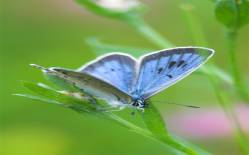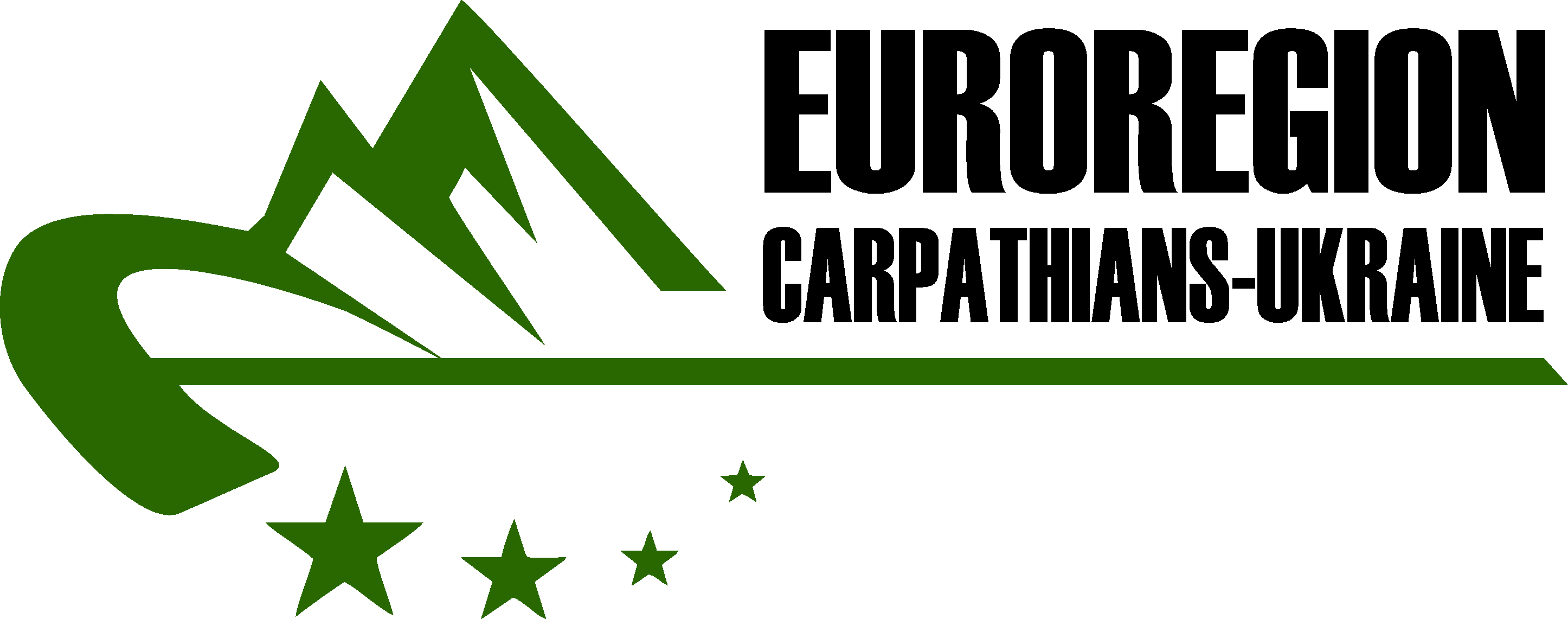Canoeing down the valley of butterflies
While kayaking on the San River you will meet many beautiful butterflies. But did you know that these cute insects are also known as scales? They are called because the colorful wings of all butterflies are covered with miniature scales - they wear off easily and sometimes stay on your hands if you accidentally catch a butterfly in your hand, which of course should never be done . Słonne is not the only place where they occur. They also visit many wild coastal meadows, where they are easiest to find. Among the rich fauna and flora of the San valley, there are also butterflies of the drachs family (Latin Lycaenidae). The family consists of many species, but unfortunately we see them less and less recently. Blue tit to live need specific host plants, which include, among others: thymus (Thymus), cruciferous and small-leaved gentian (Gentianacruciata and G. pneumonanthe), bloodstress (Sanguisorbaofficinalis) and marigold (Origanumvulgare). In addition, these small butterflies, in order to survive, need ants to help them, with which they have specific relationships.
Smart bluebirds
So how do the blue tit (telejus or nausitous species) use ants? After the female has laid eggs, the butterfly larvae develop on the plants. The larvae, or caterpillars, descend (or fall) to the surface of the soil when they are fed. This moment is critical because if the larvae do not end up in the correct environment within 24 hours, their chances of survival drop to zero. Additionally, during this time they are exposed to being eaten by predators, e.g. other insects. How do they protect themselves against these threats? These extremely cunning caterpillars begin to mimic the scent of ant larvae, and some even emit peculiar squeals of the ant queen, such as Rebel's Blue Larva. Thanks to this ingenious trick, worker ants transport the larvae to safe places to the anthill, placing them in a special chamber of the "ant nursery". Under the careful care of other worker ants, in warmth and darkness, blue tit larvae can thrive when cared for, cared for, and well fed - often more abundantly than real ant larvae. In addition, blue larvae are predatory, they unscrupulously feed on ant eggs and ant larvae placed in the nursery next to them. It is so good in the anthill that the butterfly larvae reach 99% of their final body weight, compared to only 1% of their weight on the host plants! In this way, they safely live to the key moment of development - transformation into a beautiful butterfly. In May, the pupa transforms into the adult form of a blue-winged butterfly. He has to somehow get out of the nest full of predatory ants. At that time, it no longer resembles an ant, but still gives off a scent that perfectly mimics the queen of the anthill. This guarantees safety, thanks to which the blue butterfly can leave the host anthill. However, it does this just in case in the early morning, when it is less vulnerable to attack from the sluggish ants of the morning cold.
Protected nature cycle
Blue tit in Poland are legally protected. The complicated cycle of development of these butterflies is easy to disrupt, for example when the meadows are drained and destroyed or when the colonies of symbiotic ants disappear for some other reason. If you run out of food plants or ants, you'll run out of blue butterflies as well. Unfortunately, there are less and less bluebirds combining the features of a cuckoo cheat and a predator more cunning than a fox, so it's good to see them while kayaking. There are many of them in the meadows by the San river
fot. Damian Nowak
















